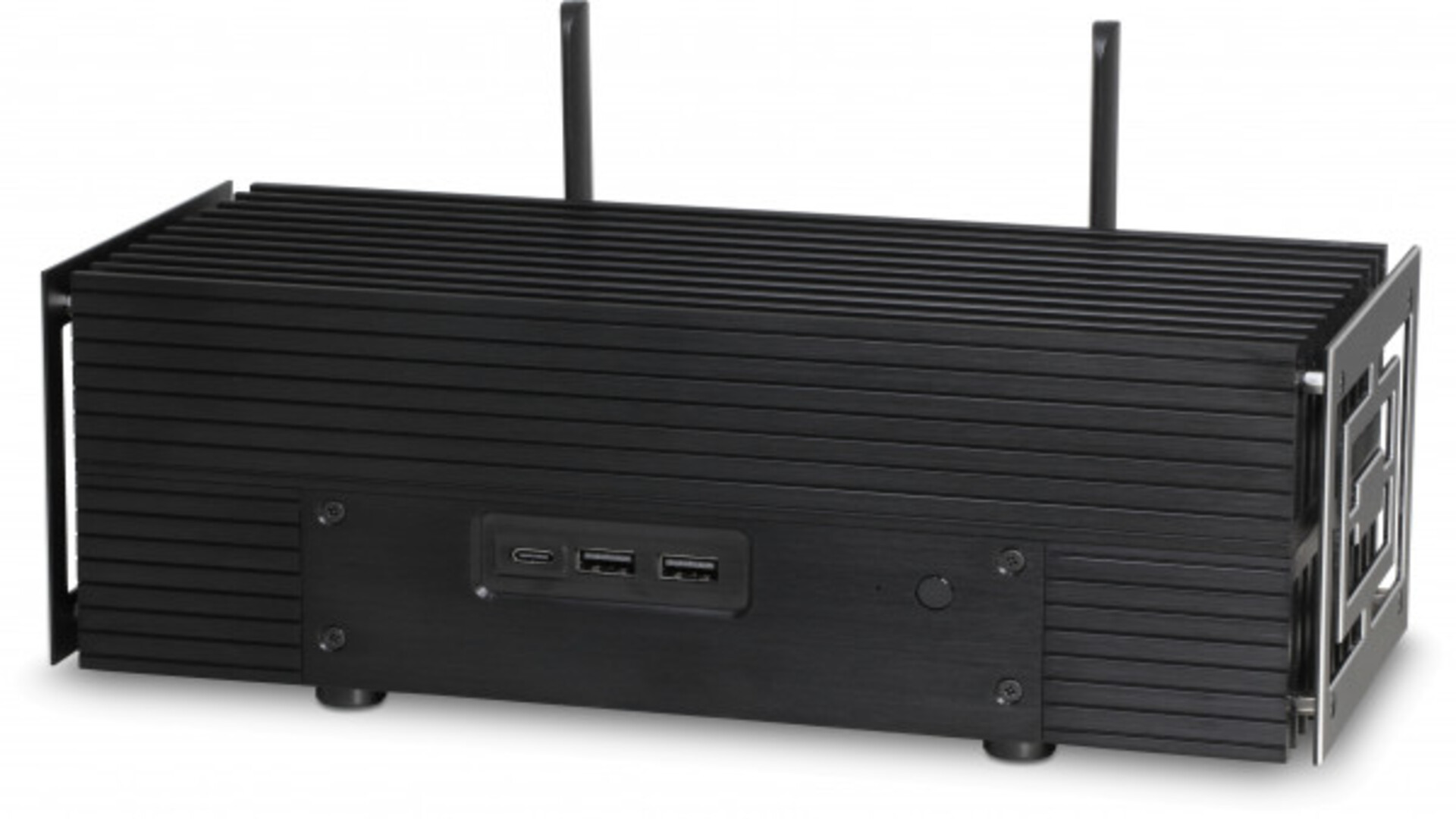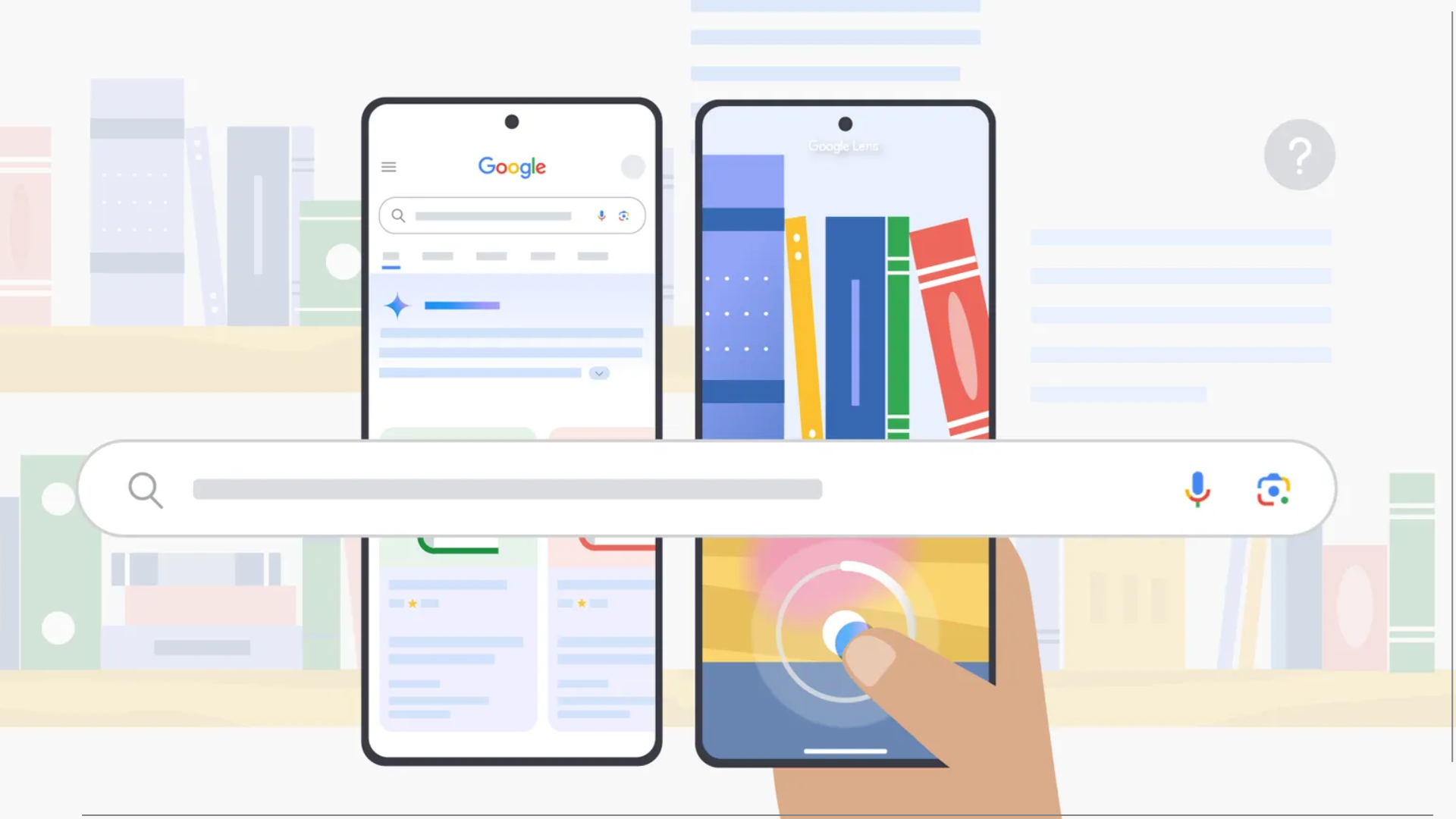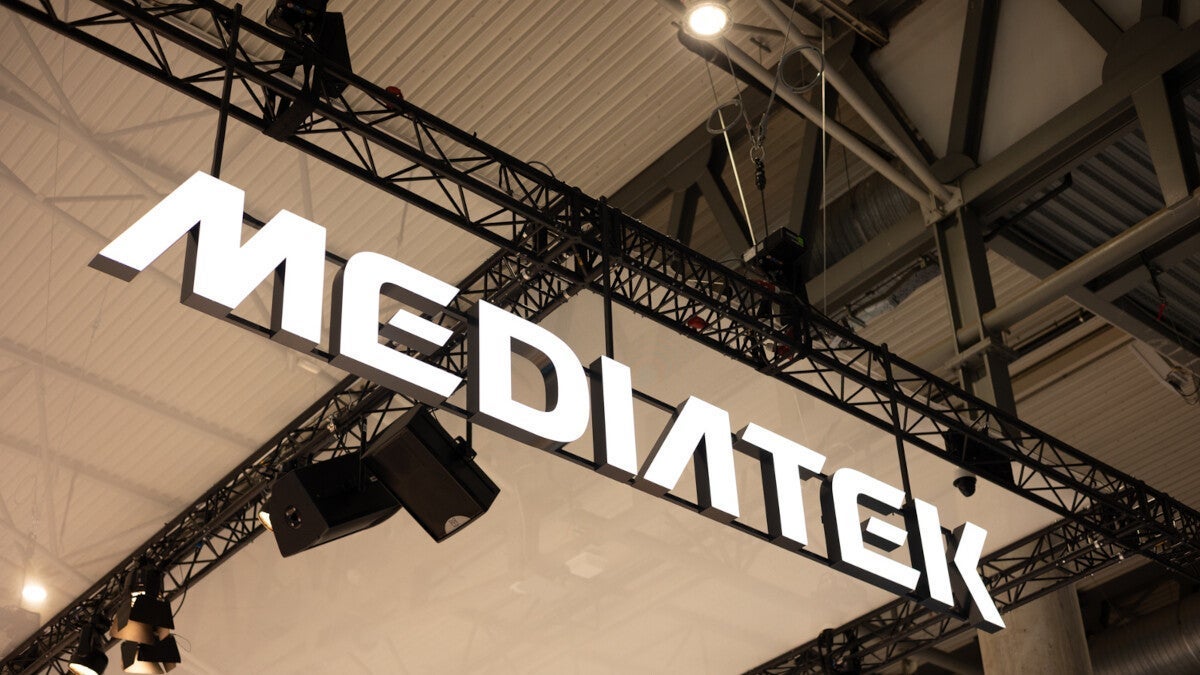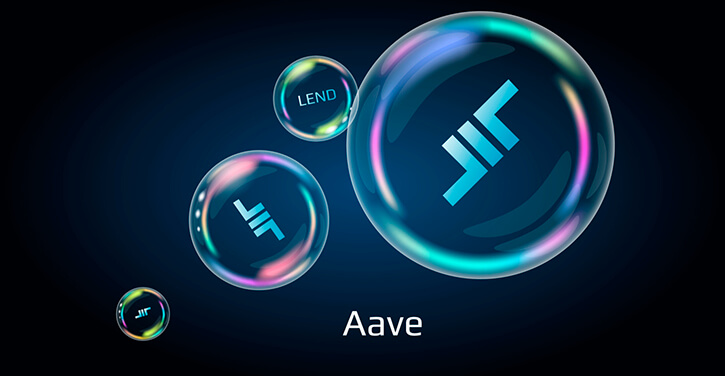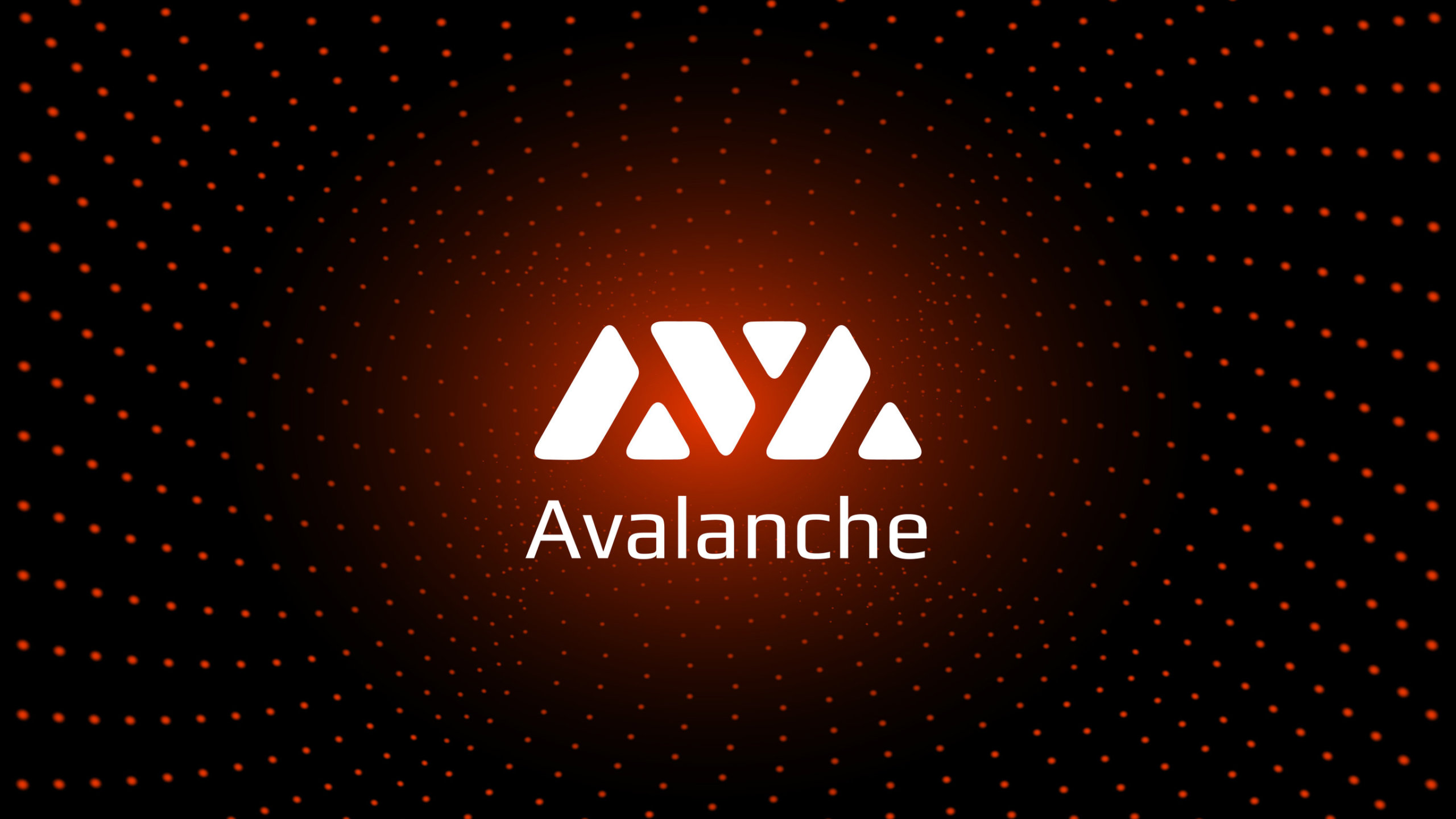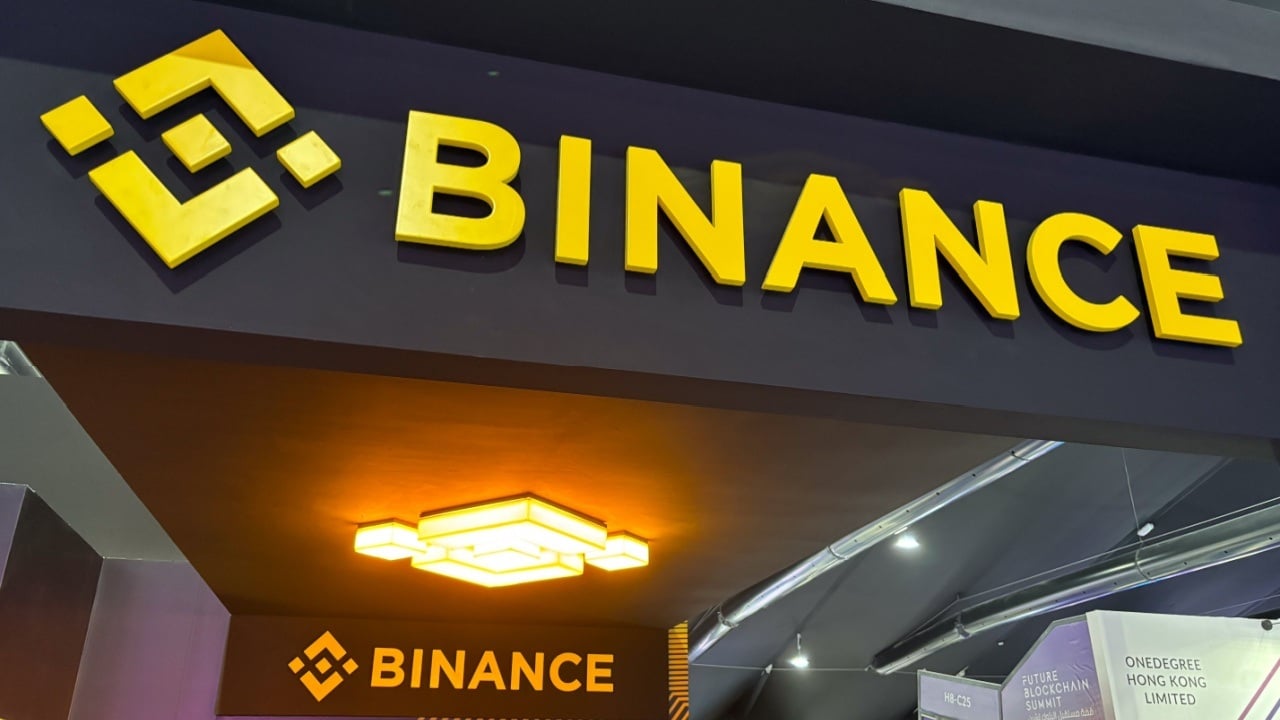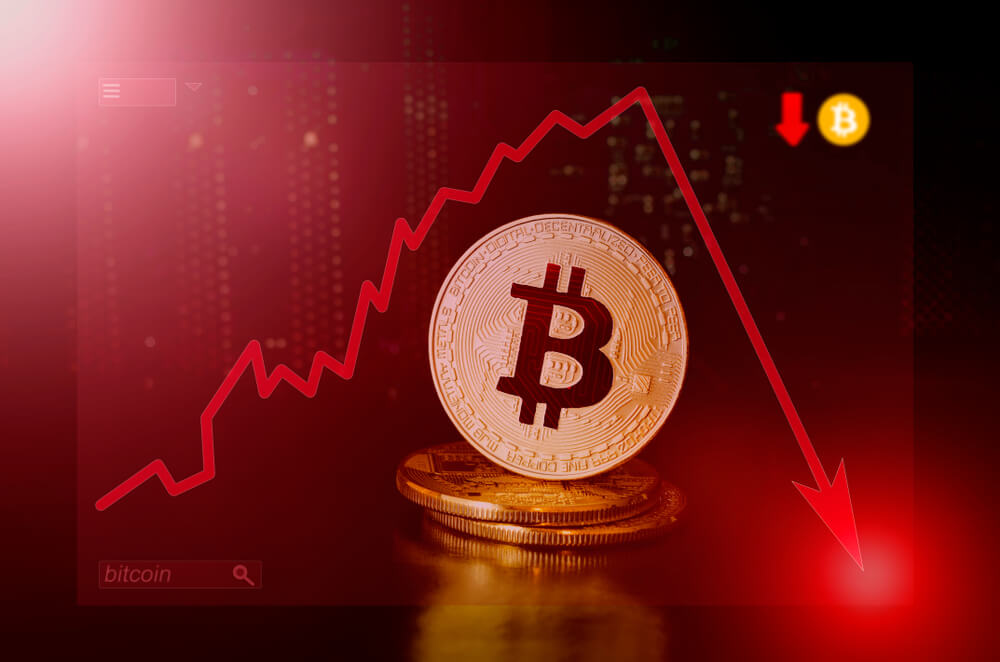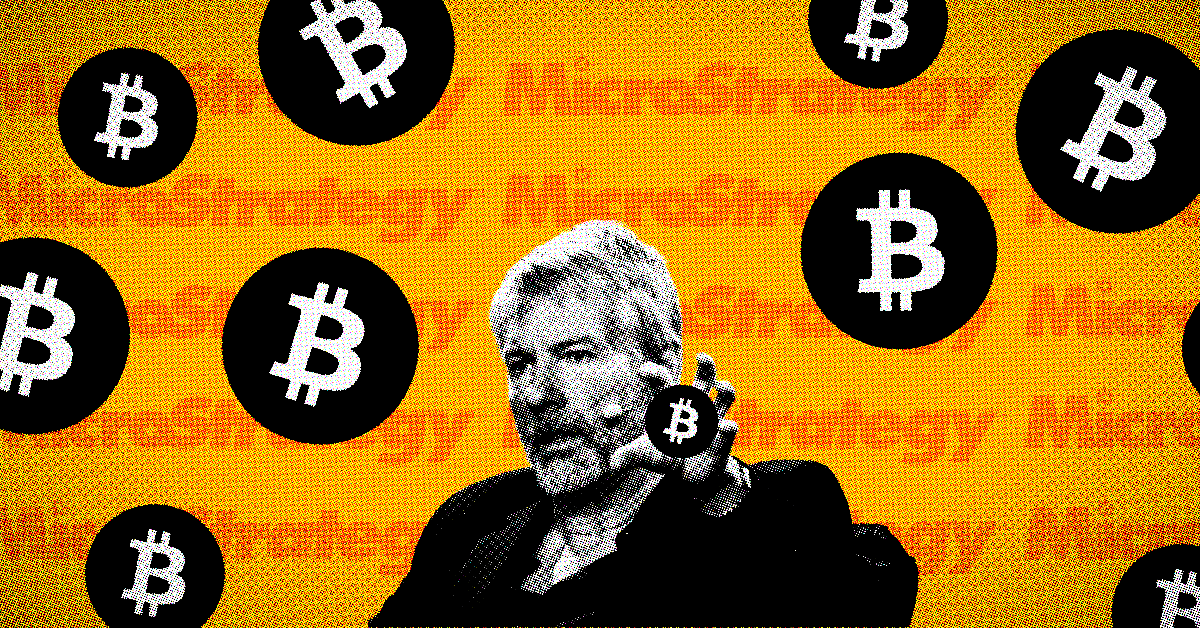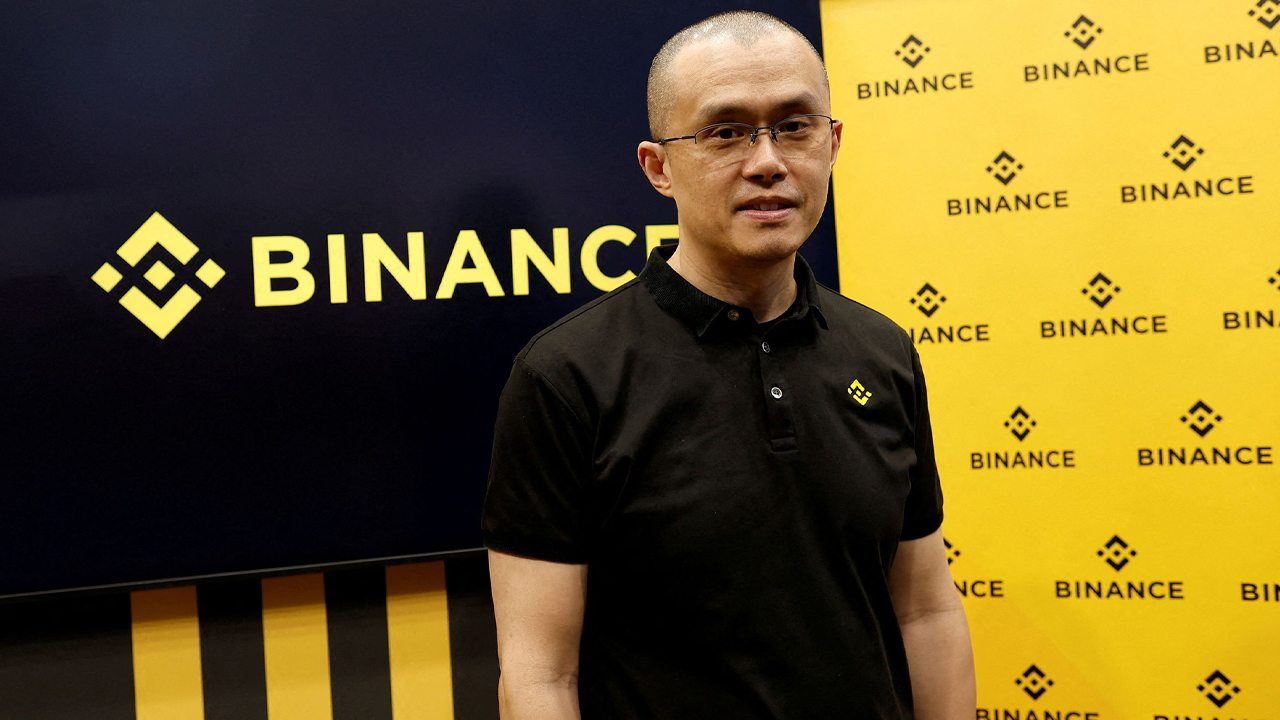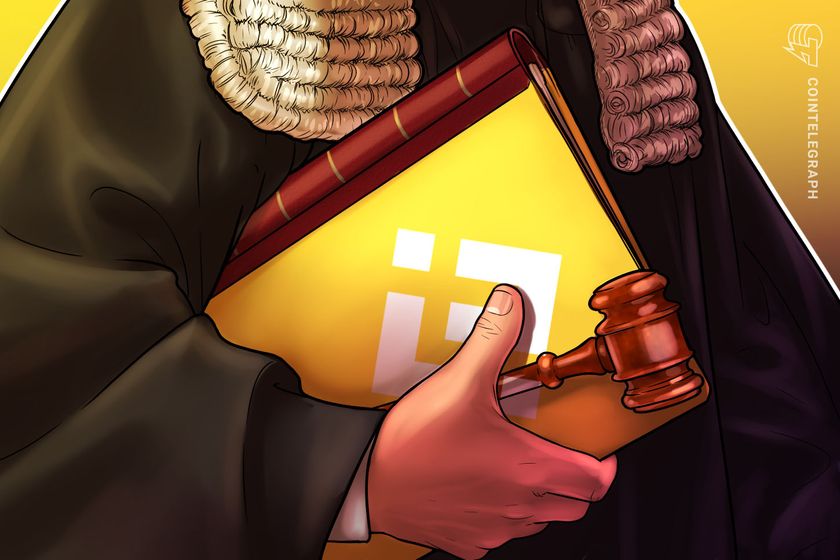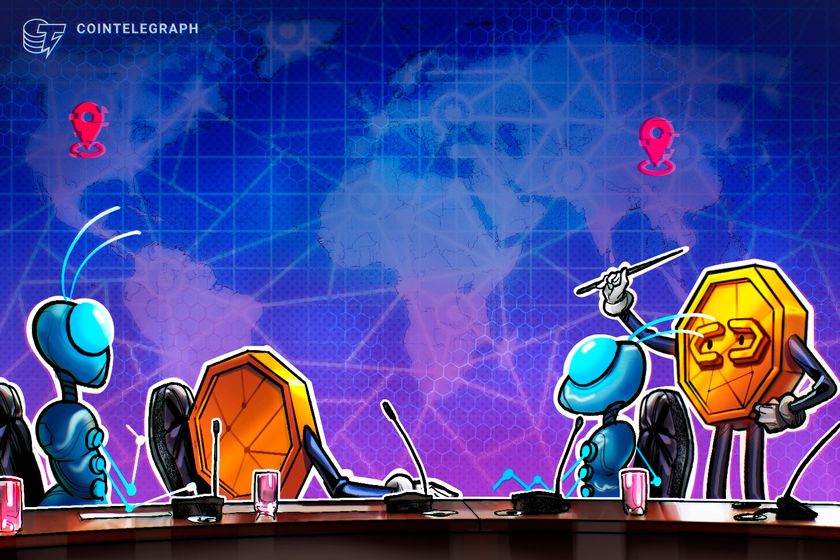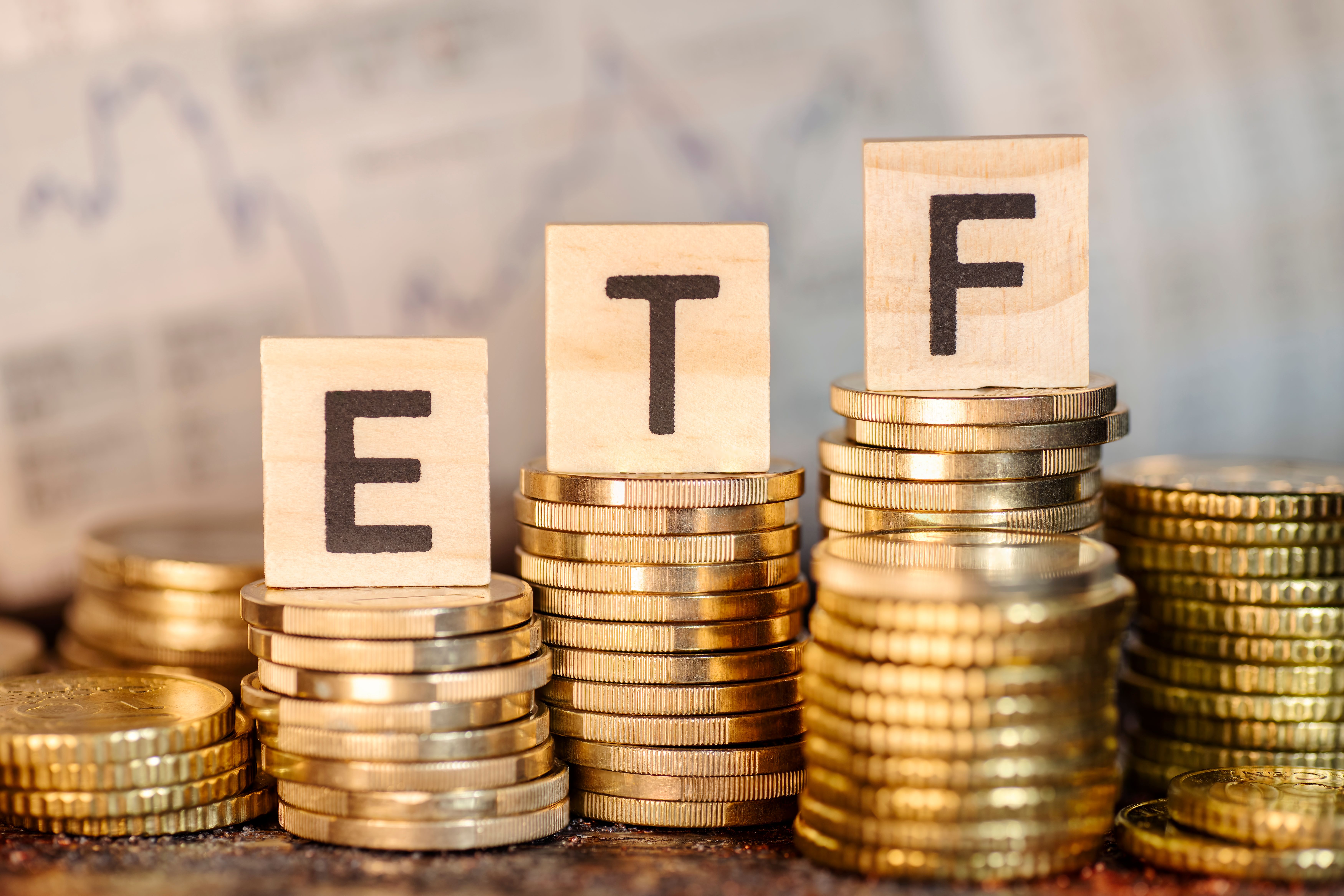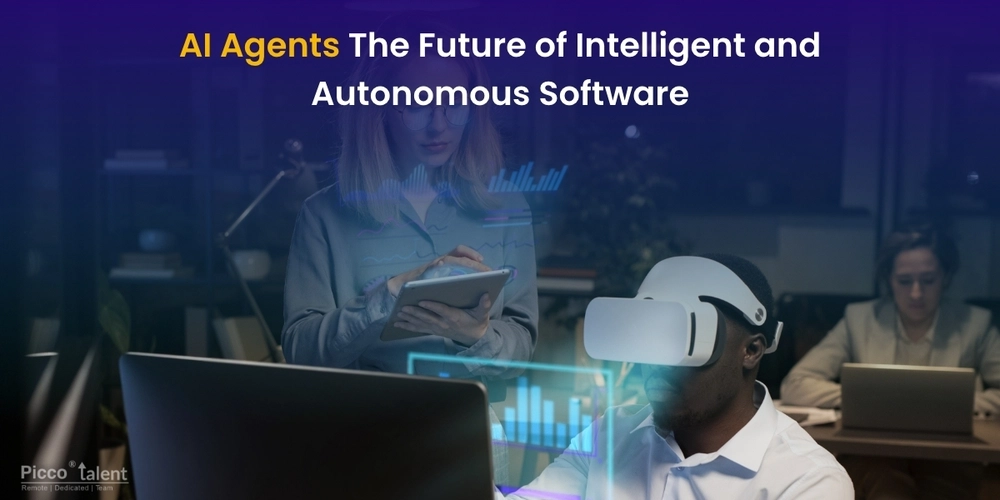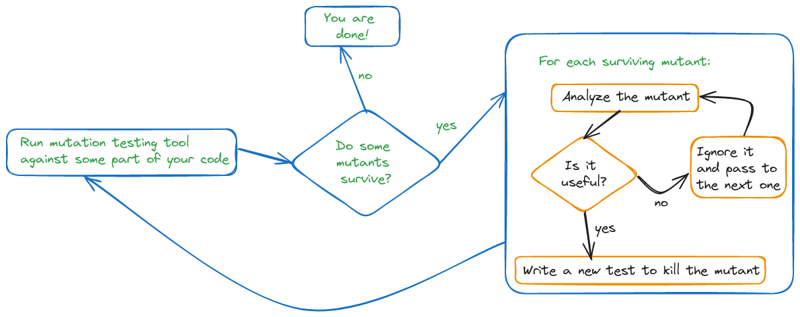Exploring Siemens’ Decentralized Licensing: Transforming Software Management
Abstract In this post, we deep-dive into Siemens’ innovative decentralized licensing model, a groundbreaking approach that leverages blockchain technology, peer-to-peer networks, and smart contracts. We examine the background and technical underpinnings of this solution, explore its core features and benefits, and discuss its real-world applications. Additionally, we consider the challenges, limitations, and future prospects of decentralized software management as we transition into Industry 4.0. Along the way, we introduce comparisons in a helpful table, provide key takeaways in bullet lists, and include practical links and references for further exploration, including insights from leading Dev.to posts on open-source innovation and blockchain integration. Introduction The world of software licensing is evolving dramatically. Traditional licensing models can be rigid, opaque, and susceptible to fraud. Siemens is at the forefront of this transformation by adopting a decentralized licensing approach that leverages blockchain, peer-to-peer networks, and smart contracts. By exploring Siemens’ model, we uncover how these technologies increase security, scalability, and overall user experience. The new decentralized paradigm not only accommodates large-scale enterprise software management but also paves the way for transparent, flexible, and efficient applications in diverse industries. In this post, we will examine the fundamentals of decentralized licensing, analyze the core benefits and challenges, and discuss how these innovations are shaping the future of software management. Background and Context Historically, software licensing has followed a centralized model that depends on a sole authority to validate transactions and manage licenses. Such systems are often burdened by: High management overhead Limited transparency Increased vulnerability to fraud and mismanagement As digital transformation and Industry 4.0 advance, organizations are now seeking scalable and robust alternatives. Siemens is making a bold move toward decentralized licensing, which is characterized by the following technologies: Blockchain Technology: Provides an immutable ledger and enhanced security. Learn more about the fundamentals of blockchain in this detailed article. Peer-to-Peer Networking: Enables decentralized data distribution and increased system reliability. Smart Contracts: Automates license management and enforces agreements transparently, as discussed in Siemens’ smart contract solutions. Decentralized licensing represents a shift from the traditional model toward dynamic, distributed systems that facilitate trustless transactions and streamlined license processing. For more in-depth exploration on decentralized license management, visit this article. Core Concepts and Features 1. Blockchain Technology At the very heart of Siemens’ approach is blockchain technology. This decentralized ledger system ensures that every license transaction is recorded immutably, offering unprecedented transparency and reducing the risk of fraud. Key features include: Immutability: Once recorded, license transactions cannot be tampered with. Transparency: All stakeholders can inspect transaction records. Security: Cryptographic techniques secure data, making unauthorized changes nearly impossible. 2. Peer-to-Peer Networks Peer-to-peer (P2P) networks eliminate single points of failure by distributing license information across many nodes. This guarantees high availability and more robust systems that can scale as usage increases. Benefits include: Reduced latency in license validations. Improved resilience against system failures. Enhanced scalability to meet growing user demand. 3. Smart Contracts Smart contracts automatically enforce license terms without intermediaries. These self-executing functions ensure that license agreements are adhered to consistently, streamline renewal processes, or trigger automatic updates when conditions are met. For further insights into smart contracts on blockchain technology, check out this article. 4. Scalability Solutions Siemens’ incorporation of blockchain scalability techniques is key to managing high transaction volumes in real-time. Techniques such as Layer 2 solutions and consensus mechanism improvements are paving the way for efficient licensing even in highly demanding environments. For a closer look, visit Blockchain Scalability Solutions. Applications and Use Cases Siemens’ decentralized licensing model finds applications in various sectors. Here are a few practical examples: Enterprise Software Licensing: Large organizations manage thousands of software licenses. The decentralized model reduces overhead and increases transparency. Companies benefit from easier audits while eliminating the risk of centralized system failures. Smart City Implement

Abstract
In this post, we deep-dive into Siemens’ innovative decentralized licensing model, a groundbreaking approach that leverages blockchain technology, peer-to-peer networks, and smart contracts. We examine the background and technical underpinnings of this solution, explore its core features and benefits, and discuss its real-world applications. Additionally, we consider the challenges, limitations, and future prospects of decentralized software management as we transition into Industry 4.0. Along the way, we introduce comparisons in a helpful table, provide key takeaways in bullet lists, and include practical links and references for further exploration, including insights from leading Dev.to posts on open-source innovation and blockchain integration.
Introduction
The world of software licensing is evolving dramatically. Traditional licensing models can be rigid, opaque, and susceptible to fraud. Siemens is at the forefront of this transformation by adopting a decentralized licensing approach that leverages blockchain, peer-to-peer networks, and smart contracts. By exploring Siemens’ model, we uncover how these technologies increase security, scalability, and overall user experience. The new decentralized paradigm not only accommodates large-scale enterprise software management but also paves the way for transparent, flexible, and efficient applications in diverse industries.
In this post, we will examine the fundamentals of decentralized licensing, analyze the core benefits and challenges, and discuss how these innovations are shaping the future of software management.
Background and Context
Historically, software licensing has followed a centralized model that depends on a sole authority to validate transactions and manage licenses. Such systems are often burdened by:
- High management overhead
- Limited transparency
- Increased vulnerability to fraud and mismanagement
As digital transformation and Industry 4.0 advance, organizations are now seeking scalable and robust alternatives. Siemens is making a bold move toward decentralized licensing, which is characterized by the following technologies:
- Blockchain Technology: Provides an immutable ledger and enhanced security. Learn more about the fundamentals of blockchain in this detailed article.
- Peer-to-Peer Networking: Enables decentralized data distribution and increased system reliability.
- Smart Contracts: Automates license management and enforces agreements transparently, as discussed in Siemens’ smart contract solutions.
Decentralized licensing represents a shift from the traditional model toward dynamic, distributed systems that facilitate trustless transactions and streamlined license processing. For more in-depth exploration on decentralized license management, visit this article.
Core Concepts and Features
1. Blockchain Technology
At the very heart of Siemens’ approach is blockchain technology. This decentralized ledger system ensures that every license transaction is recorded immutably, offering unprecedented transparency and reducing the risk of fraud. Key features include:
- Immutability: Once recorded, license transactions cannot be tampered with.
- Transparency: All stakeholders can inspect transaction records.
- Security: Cryptographic techniques secure data, making unauthorized changes nearly impossible.
2. Peer-to-Peer Networks
Peer-to-peer (P2P) networks eliminate single points of failure by distributing license information across many nodes. This guarantees high availability and more robust systems that can scale as usage increases. Benefits include:
- Reduced latency in license validations.
- Improved resilience against system failures.
- Enhanced scalability to meet growing user demand.
3. Smart Contracts
Smart contracts automatically enforce license terms without intermediaries. These self-executing functions ensure that license agreements are adhered to consistently, streamline renewal processes, or trigger automatic updates when conditions are met. For further insights into smart contracts on blockchain technology, check out this article.
4. Scalability Solutions
Siemens’ incorporation of blockchain scalability techniques is key to managing high transaction volumes in real-time. Techniques such as Layer 2 solutions and consensus mechanism improvements are paving the way for efficient licensing even in highly demanding environments. For a closer look, visit Blockchain Scalability Solutions.
Applications and Use Cases
Siemens’ decentralized licensing model finds applications in various sectors. Here are a few practical examples:
- Enterprise Software Licensing: Large organizations manage thousands of software licenses. The decentralized model reduces overhead and increases transparency. Companies benefit from easier audits while eliminating the risk of centralized system failures.
- Smart City Implementations: As cities integrate IoT devices and intelligent applications, a decentralized licensing system supports secure and real-time management of software assets across millions of connected devices.
- Industrial Automation and Manufacturing: With Industry 4.0 transforming production, the need for rapid, secure software licensing is essential. Using Siemens’ approach, manufacturers can handle license exchanges, updates, and renewals with minimal human intervention.
Table: Traditional Licensing vs. Decentralized Licensing
| Aspect | Traditional Licensing | Decentralized Licensing |
|---|---|---|
| Management | Centralized, manual administration | Automated, distributed management via smart contracts |
| Transparency | Often opaque with limited audit trails | Full transparency with immutable blockchain records |
| Scalability | Limited scalability; bottlenecks during peak usage | Highly scalable due to distributed peer-to-peer networks |
| Security | Vulnerable to single points of failure and fraud | Enhanced security using cryptographic techniques and decentralization |
| Flexibility | Often rigid and slow to adapt | Dynamic, customizable, and easily integrated with emerging tech |
Benefits and Challenges
Benefits
Siemens’ decentralized licensing approach offers several marked advantages:
- Enhanced Security: Leveraging blockchain ensures all license activities are encrypted and immutable.
- Cost Reduction: Automated processes reduce administrative overhead and human errors.
- Improved Scalability: Peer-to-peer networks support rapid scaling to handle varying loads.
- Transparency: A public ledger provides a clear view of licensing transactions.
- Streamlined Compliance: Automated enforcement through smart contracts simplifies adherence to regulations.
Key benefits are summarized below:
- Security
- Transparency
- Scalability
- Cost-efficiency
Challenges and Limitations
Despite its advantages, the decentralized model is not without its challenges:
- Technical Complexity: Integrating blockchain, smart contracts, and P2P networks demands high technical expertise.
- Interoperability Issues: Existing legacy systems must be aligned with new decentralized protocols.
- Regulatory Ambiguity: As decentralization continues to evolve, regulatory frameworks are still catching up.
- Adoption Barriers: Convincing organizations to transition from a familiar centralized model requires significant change management efforts.
The primary challenges include:
- Integration Complexity
- Interoperability with Legacy Systems
- Regulatory Compliance
- User and Organizational Adoption
Future Outlook and Innovations
Siemens’ exploratory move into decentralized licensing is a harbinger of broader technological trends in the software management ecosystem. As we move forward:
- Integration of Advanced Analytics: Future iterations may incorporate AI-driven predictive analytics to forecast licensing needs and optimize renewals.
- Evolving Smart Contracts: New protocols may allow dynamic licensing terms that adapt in real time based on usage data.
- Enhanced Cross-Chain Interoperability: The industry is evolving methods to facilitate license portability and validation across multiple blockchain networks.
- Increased Adoption in IoT and Edge Computing: With a surge in connected devices, decentralized licensing can manage a vast network of software assets seamlessly.
- Fusion with DeFi: Innovations such as decentralized finance (DeFi) could merge with licensing models to introduce novel funding and incentive mechanisms for open-source projects.
Integrating Authoritative Resources and Industry Insights
The Siemens model is part of a broader movement in decentralization technology. Interested readers can further explore related topics through the following links:
- Siemens Official Site: Visit Siemens Global for official updates and corporate insights.
- Decentralized License Management: See Decentralized License Management for a comprehensive guide.
- Blockchain Fundamentals: Discover What is Blockchain to understand the technical aspects underpinning the model.
- Scalability in Blockchain: Learn about further improvements at Blockchain Scalability Solutions.
- Smart Contract Applications: Explore Siemens Smart Contract Solutions to see practical implementations.
For further reading on decentralization trends and open-source licensing, check out these insightful Dev.to posts:
- Indie Hackers and the Open-Source NFT Revolution
- Embracing Decentralization with xPatron: Unleashing Indie Hacker Innovation on Infinex Patrons
- License Token: How Technology Is Revolutionizing Open Source Compliance
In addition, here are some carefully selected links from related projects:
- Arbitrum and Blockchain Interoperability
- Arbitrum and Community Governance
- Arbitrum and Cross-Chain Bridges
- Arbitrum and Smart Contract Audits
- Arbitrum and Fraud Detection
Structured Data and Key Takeaways
Key Components of Decentralized Licensing
- Blockchain Technology
- Peer-to-Peer Networking
- Smart Contracts
- Scalability Enhancements
- Regulatory Compliance
Summary Table: Decentralization Impact on Software Licensing
| Component | Impact | Key Benefits |
|---|---|---|
| Blockchain | Immutable, transparent ledger | Security, auditability, trust |
| Peer-to-Peer Networks | Decentralized data flow, high availability | Reduced downtime, scalability |
| Smart Contracts | Automated, condition-based license enforcement | Cost efficiency, consistency |
| Scalability Solutions | Efficient handling of high transaction volumes | Optimization, real-time processing |
| Regulatory Compliance | Automated adherence to licensing rules | Simplified audits, risk mitigation |
Summary
Siemens’ decentralized licensing model represents a pivotal shift in how software management is approached. By integrating blockchain, peer-to-peer networks, and smart contracts, this innovative system offers enhanced security, transparency, and scalability compared to traditional approaches. While technical challenges such as integration complexity and regulatory nuances remain, the potential for reduced costs, streamlined compliance, and a future-proof technological infrastructure is immense.
This blog post reviewed the core concepts behind Siemens’ platform, provided practical use cases, and highlighted future advancements in the domain of decentralized software licensing. We also included a comparative table and a bullet listing key takeaways to enhance readability and quick reference. By combining technical insights with accessible language, this post sheds light on why decentralized licensing is not merely an alternative but a transformative approach for software management in the digital age.
As industries continue to evolve towards greater digital transformation under Industry 4.0, Siemens’ approach is likely to serve as a model for others. Whether managing enterprise software licenses, streamlining digital rights management, or integrating IoT platforms across smart cities, decentralized licensing is poised to redefine software management for generations to come.
For more detailed information on Siemens’ decentralized licensing initiative, refer to the original article and explore the various supporting resources mentioned throughout this post.
By embracing new technologies and integrating innovative solutions into software licensing frameworks, Siemens sets a new benchmark for the field. This transformative approach, supported by blockchain technology and guided by principles of transparency and security, is paving the way for a future where software management is automated, auditable, and accessible across the global digital ecosystem.
Stay tuned for more updates and comprehensive guides on decentralization, open-source compliance, and the future of software licensing as technology continues to evolve at a rapid pace.





































































































































































![[The AI Show Episode 142]: ChatGPT’s New Image Generator, Studio Ghibli Craze and Backlash, Gemini 2.5, OpenAI Academy, 4o Updates, Vibe Marketing & xAI Acquires X](https://www.marketingaiinstitute.com/hubfs/ep%20142%20cover.png)



















































































































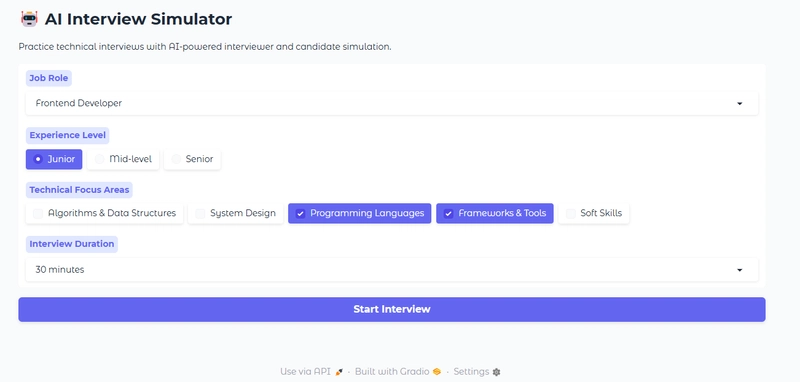













![From drop-out to software architect with Jason Lengstorf [Podcast #167]](https://cdn.hashnode.com/res/hashnode/image/upload/v1743796461357/f3d19cd7-e6f5-4d7c-8bfc-eb974bc8da68.png?#)














































































































(1).jpg?width=1920&height=1920&fit=bounds&quality=80&format=jpg&auto=webp#)
















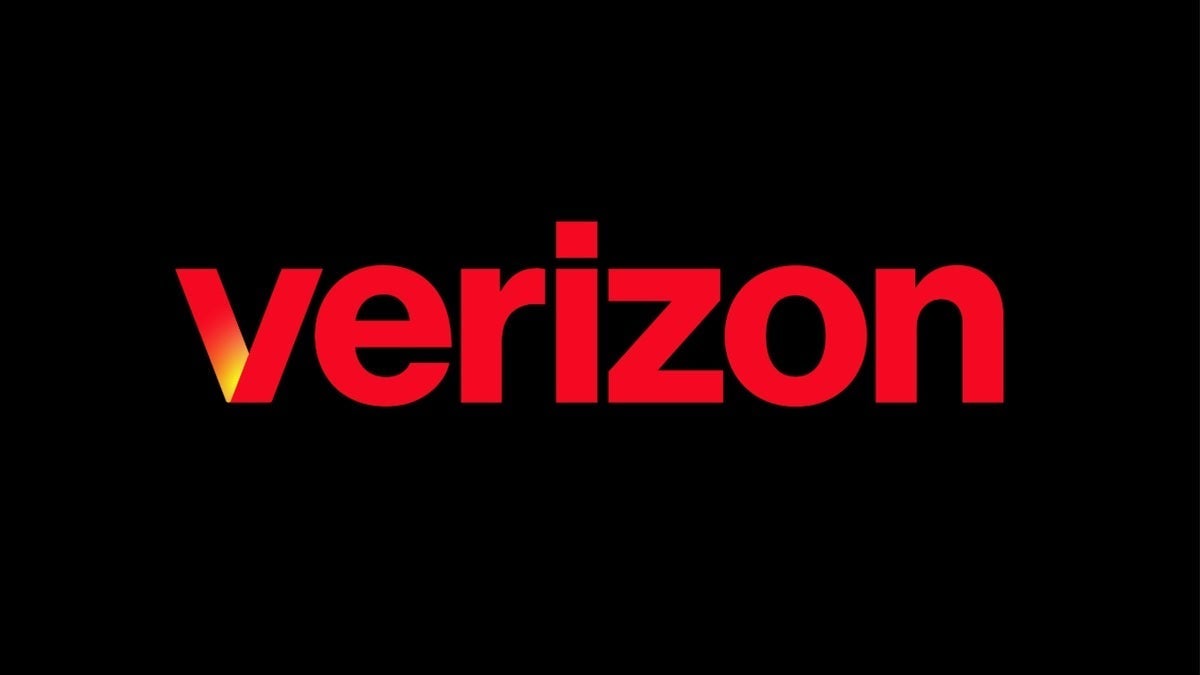
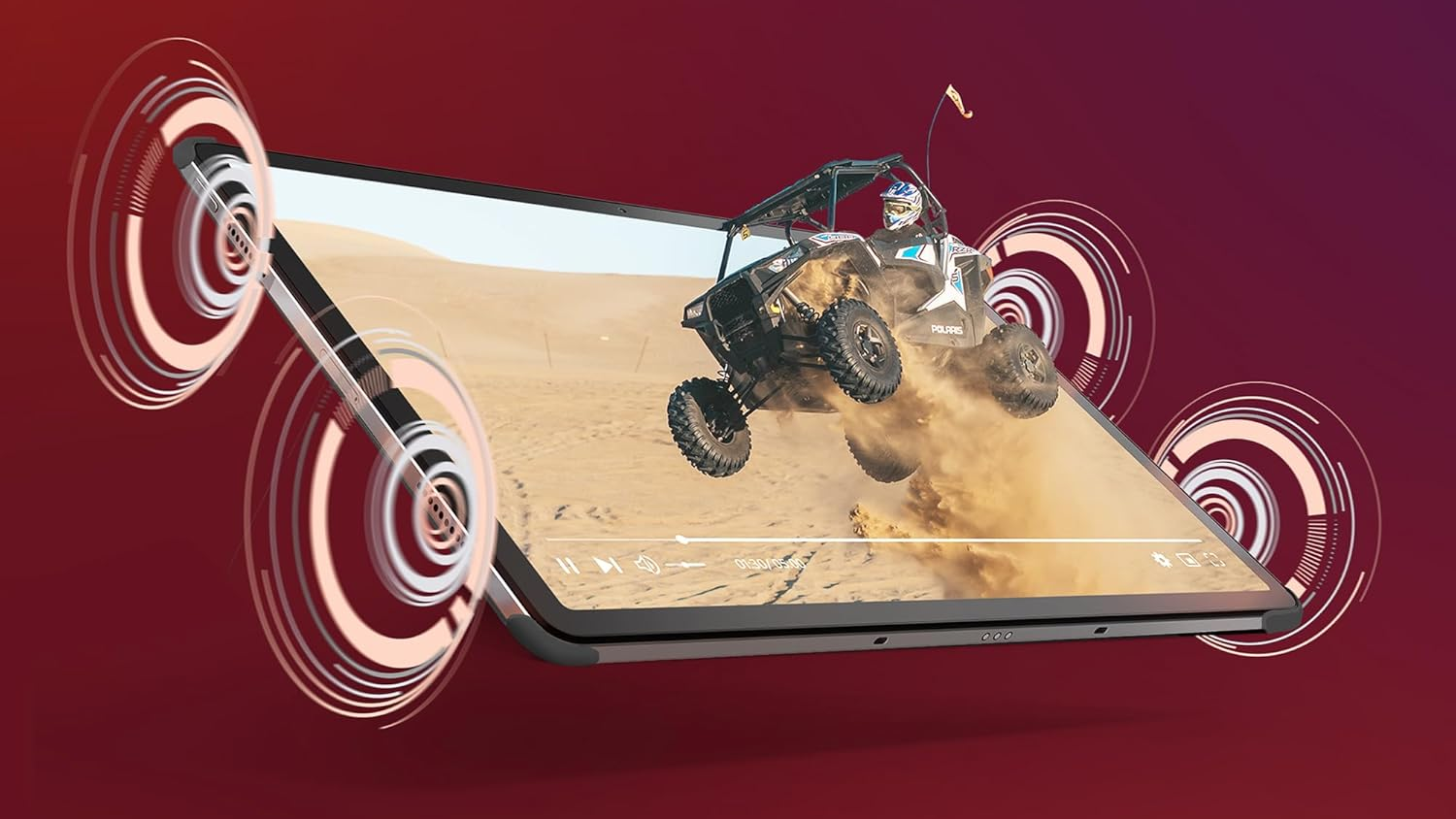
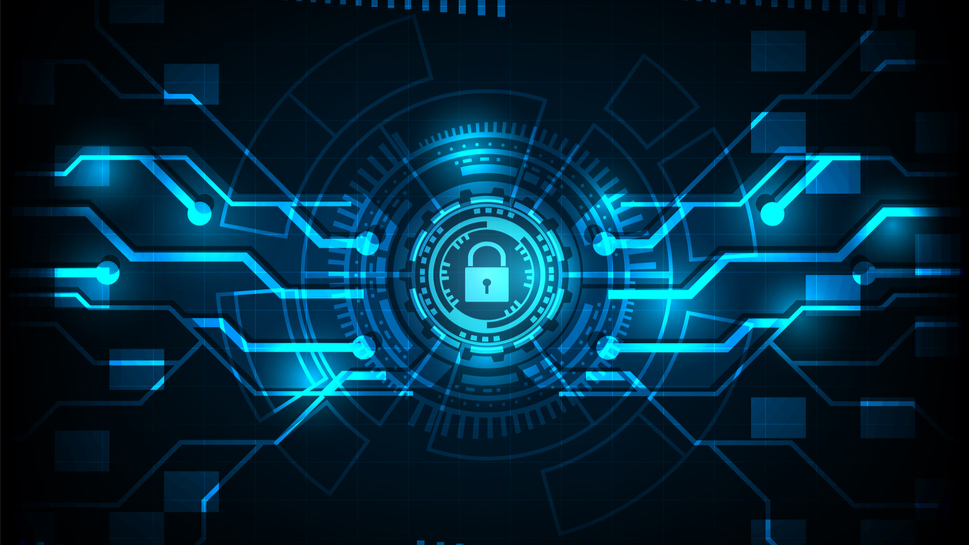











_NicoElNino_Alamy.png?#)
.webp?#)
.webp?#)


















































































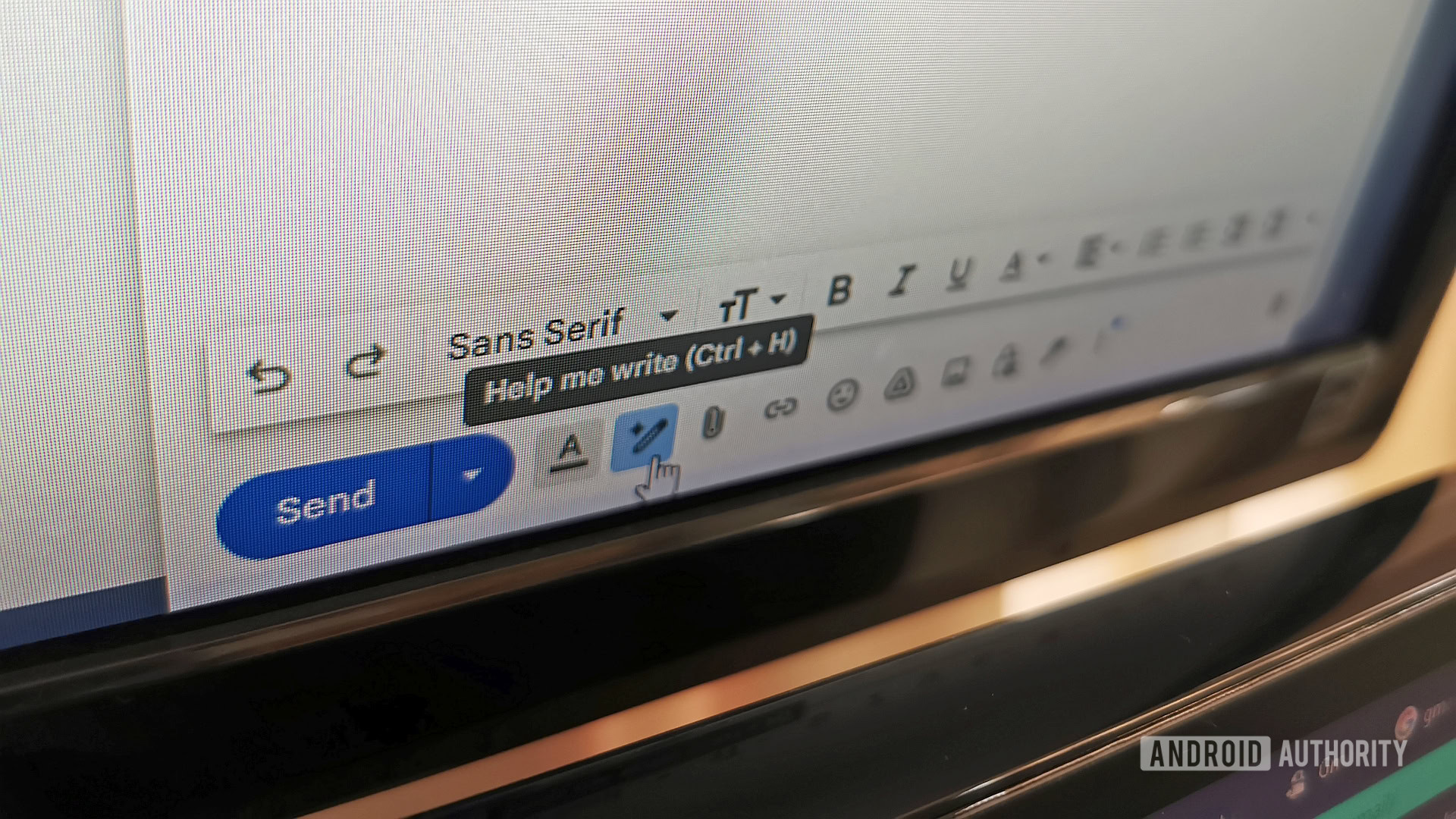

















![New iOS 19 Leak Allegedly Reveals Updated Icons, Floating Tab Bar, More [Video]](https://www.iclarified.com/images/news/96958/96958/96958-640.jpg)

![Apple to Source More iPhones From India to Offset China Tariff Costs [Report]](https://www.iclarified.com/images/news/96954/96954/96954-640.jpg)
![Blackmagic Design Unveils DaVinci Resolve 20 With Over 100 New Features and AI Tools [Video]](https://www.iclarified.com/images/news/96951/96951/96951-640.jpg)















